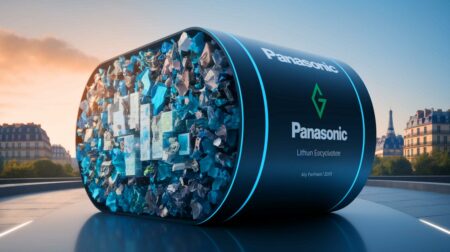Transportation is responsible for over a quarter of the global carbon emissions so it clearly needs a reboot. The question, though, is what’s the best way forward? Public transport or individual electric cars or both? Fast trains or flexible systems based on shared use?
Such questions keep policymakers, planners, and car manufacturers up at night or should do. As a new era of electric vehicles (EVs) slowly unfolds, there are good reasons to consider their role in crafting the future.
Do we actually need greener cars?
Beyond making transportation greener, EV development can also stimulate energy storage innovations and the faster spread of renewables across the globe. Societies with high rates of car ownership can contribute to faster EV adoption, allowing for a faster transition towards a greener transport system without large infrastructure investments.
In addition, a broad range of options, from electric buses to electric scooters, makes EVs a seductive choice for the further development of infrastructure. EVs also produce less noise and can help to build healthier communities with lower rates of airborne diseases.
Finally, electric modes of transport also achieve reasonable carbon savings over their lifetime if the energy and materials they use come from sustainable sources. For example, EVs produced and used in the European Union perform better on multiple sustainability criteria than those produced and used in China.
Add to this rising efficiency with the latest generation of EVs, and there should be no doubt that electric vehicles are a greener option. Still, we can and should do better.
Seeing the forest for the trees
As the climate is changing faster than the worst-case scenarios suggested, we might need to raise our ambitions. Meeting this challenge from the EV perspective means that it’s not about getting everyone a brand-new sustainable car, but rather about integrating electricity-based modes of transport with a range of other solutions.

For a climate-resilient transport infrastructure, we need to think beyond individual preferences but strive for systems that are sustainable by design and good for everyone.
As Masagos Zulkifli, Singapore’s Minister for Environment and Water Resources has put it as regards prioritizing public transport instead of EVs: “We are not interested in a lifestyle. We are interested in proper solutions that will address climate problems.”
Because of their relative lack of market penetration so far, EVs are not a sustainable solution on a larger scale as yet. Rather, they are just one among many means of reducing emissions. That is why the benefits of other personal e-transport such as e-bikes and scooters for denser urban areas should be considered seriously.
Cities that invest in high-speed railways and good public transport can avoid congestion and inefficient use of public space. What’s more important, however, is that we need to reflect on the purpose of transport as such.
Slow travel in the age of speed?
A sustainable and effective transport system’s main purpose is not necessarily to get you from point A to point B in record time. That purpose should be to consider real human needs as a well-integrated part of different forms of urban living. Car-free zones, like those in Barcelona, and bikes as the dominant mode of transportation are quickly becoming the new sustainability standard in many cities across the globe.
In a century of speed, we might be also entering the culture of slow travel. Driving a bike, a skateboard or even walking is increasingly an option chosen by many urbanites, even though they could easily afford a car. These environmentally conscious people do this not to save money but to live happier and more fulfilling lives. The advantages include the health benefits of being more physically active and the pleasure of enjoying the fresh air.
In the long term, having fewer cars on the streets and a system that focuses on quality of life rather than speed can lead to richer social interactions, fewer road accidents, better community ties, more living space and many other benefits. While the future might surely spare some space for personal cars, electric ones included, their significance may be lower than automakers would like to assume. A different future with fewer cars is both feasible and possible.
Did you like it? 4.5/5 (22)








